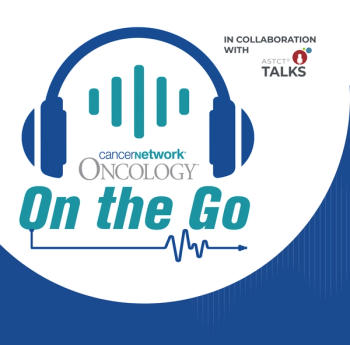
The Costs Associated With Metastatic Breast Cancer Estimated to Rise By 2030

The cost of treating and managing breast cancer will rise two-and-a-half times by 2030 due to expected increases in young women being diagnosed with metastatic disease.
The costs surrounding metastatic breast cancer (mBC) may experience a significant increase in the coming decade dependent on trends in incidence, progression, and survival, according to a new study by the University of North Carolina at Chapel Hill (UNC) Center for Health Promotion and Disease Prevention.1
Investigators estimated that by 2030, there would be 246,194 prevalent cases of mBC that would create a total cost of $152.5 billion (95% sensitivity range, $111.6-$220.4 billion). The previous estimated cost of mBC in 2015 was $63.4 billion (95% sensitivity range, $59.4-$67.4 billion) with 158,997 patients diagnosed. This represents a total estimated increase of about 140% from 2015.
“Our results suggest that the cost of metastatic breast cancer could increase substantially in the coming decade, especially among younger and midlife women. For metastatic breast cancer, it is not just the ‘silver tsunami’ of aging baby boomers that will increase the demands on our care system. We should also be prepared for an increase in younger women requiring treatment and services for metastatic disease,” Justin Trogdon, MD, PhD, a fellow at the UNC Center for Health Promotion and Disease Prevention, said in a press release.2
Investigators created a stock/flow model to assess costs from the time of metastatic disease onset, either after progression from early-stage disease or upon initial presentation, through death. Patient characteristics for stratification included age and phase of treatment.
Results indicated that by 2030, 19.6% cases of mBC are estimated to occur in patients between the ages of 18 and 44 years (n = 48,203), 49.1% in patients ages 45 to 64 years (n = 120, 916), and 31.3% in those older than 65 years (n = 77,075). One aspect of the study to note was that the total number of women aged 65 or older to be diagnosed was expected to decrease between 2015 and 2020 and then stabilize after.
When estimating the cost of mBC by phase of care, investigators found that costs were higher for younger and midlife women then for older women. It was estimated that by 2030, the costs for women age 45 to 64 years would to be the highest at $75.3 billion (95% sensitivity range, $55.1-%108.9 billion), followed by the 18 to 44 year age group at $42.4 billion (95% sensitivity range, $31.9-$60.8 billion), and finally those 65 years or older at $34.7 billion (95% sensitivity range, $24.0-$52.4 billion).
Investigators also found that productivity costs were slightly higher than medical costs for the 18 to 44 year age group; in the 45 to 64 year age group, costs were slightly lower; and then in the 65 years or older group, they were only half of the medical costs.
The investigators of this study hope this will help policymakers decide how to invest resources, such as those for early detection of breast cancer and treatment.
“Importantly, treatment and technological advances or major health care delivery reforms could begin to ‘bend the curve’ of unrestrained cost growth in metastatic cancer — with potentially the greatest impact among young and midlife women who stand to lose the most if medical and policy innovations are not aggressively pursued,” Stephanie Wheeler, MD, PhD, a fellow at the UNC Center for Health Promotion and Disease Prevention, said in a statement.
References
1. Gogate A, Wheeler S, Reeder-Hays K, et al. Projecting the prevalence and costs of metastatic breast cancer from 2015 through 2030. JNCI Cancer Spectrum. Published online July 13, 2021. doi: 10.1093/jncics.pkab063
2. Study estimates costs of treating and living with metastatic breast cancer will more than double between 2015 and 2030. News Release. UNC Center for Health Promotion and Disease Prevention. July 15, 2021. Accessed July 29, 2021.
Newsletter
Stay up to date on recent advances in the multidisciplinary approach to cancer.




